How to File Small Claims in the Philippines
Did you know that individuals who have financial obligations cannot anymore just easily get away from this agreement just like that? If the lender has already exhausted every other mean to make the debtor pay up, the debtor can actually be charged a civil case. Financial obligations such as payment to a (1) contract of lease; (2) contract of loan; (3) contract of services; (4) contract of sale; or (5) contract of mortgage and any monetary obligations arising from contracts are some of the examples of cases involving collection of money that can be filed.
All of these money concern cases can be filed in the Small Claims Court. This kind of court was solely created by the Supreme Court (SC) to address specifically these problems. Thus, by description, a Small Claims Court is intended only for monetary claims that involves only a small amount of money. Examples of such cases are (1) a case to collect money from a person who owes you (2) a case to collect payment for commission (3) a case to recover the deposit made for a lease after the expiration of the lease. These examples are all classified as civil cases in the Small Claims Court. This court only processes civil cases involving payment of money not exceeding P200,000.00.
With the creation of the Small Claims Court, reimbursement of money is simplified, inexpensive and expeditious. It is one effective and efficient legal method of getting back your money from the person who owes you. Not to mention that you are also in a way teaching this person a very hard lesson. Take note that a civil case filed against a person can go a long way in terms of records.
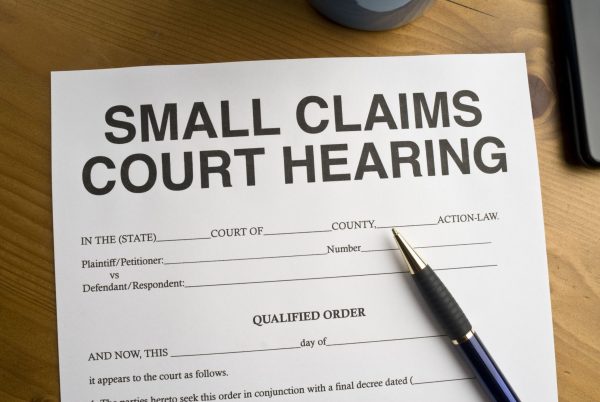
So, for you to be aware of your rights and the services offered by the government, below are steps and procedures on how to process filing of small claims in the country.
1. Find your Municipal Trial Court, Metropolitan Trial Court or Municipal Circuit Trial Courts.
Since the case is automatically considered as a civil case, it is a must to file it in the nearest city where (1) where the plaintiff (the person suing) resides; or (2) where the defendant (the person being sued) resides; or (3) if the plaintiff is in the business of lending, banking and similar activities, in the city where the defendant resides, if the plaintiff has a branch in that city.
2. Fill up forms and file.
This is how to do it according to the Small Claims pamphlet from the Supreme Court. “Fill up an accomplished and verified Statement of Claim (Form 1-SCC) in duplicate, accompanied by a Certification Against Forum Shopping, Splitting a Single Cause of Action, and Multiplicity of Suits (Form 1-A-SCC), and two (2) duly certified photocopies of the actionable document/s subject of the claim, as well as the affidavits of witnesses and other evidence to support the claim. No evidence shall be allowed during the hearing which was not attached to or submitted together with the Statement of Claim, unless good cause is shown for the admission of additional evidence.”
3. Pay the necessary fees.
“The plaintiff shall pay the docket and other legal fees, unless allowed to litigate as an indigent.”
The court examines the case. Here are the possible things that might happen:
(a) “It may dismiss the case outright if it finds grounds to justify the dismissal.
(b) “If no ground for dismissal is found, the court shall issue Summons on the day of receipt of the Statement of Claim, directing the defendant to submit a verified Response.”
(c) “If the Defendant cannot be served with Summons, the court shall order the Plaintiff to cause the service of summons within thirty (30) days from Notice. Otherwise, the case shall be dismissed.”
(d) “The court shall also issue a Notice to both parties, directing them to appear before it on a specific date and time for hearing, with a warning that no unjustified postponement shall be allowed.”
(e) “The defendant shall file with the court and serve on the plaintiff a duly accomplished and verified response within a non – extendible period of ten (10) days from receipt of summons. The Response shall be accompanied by certified photocopies of documents, as well as affidavits of witnesses and other evidence in support thereof. No evidence shall be allowed during the hearing which was not attached to or submitted together with the Response, unless good cause is shown for the admission of additional evidence.”
4. A hearing is set.
“The parties shall appear at the designated date of hearing personally or through a representative authorized under a Special Power of Attorney. However, a lawyer cannot appear to represent the party. At the hearing, the judge shall exert efforts to bring the parties to an amicable settlement. If the case is settled, the settlement shall be reduced into writing, signed by the parties and submitted to the court for approval. If no settlement is reached, the hearing shall so proceed in an informal and expeditious manner and terminated within the same day.”
5. A decision is made.
“After the hearing, the court shall render its decision within twenty-four (24) hours from termination of the hearing. The decision shall immediately be entered by the Clerk of Court in the court docket and a copy thereof forthwith served on the parties.”
The procedure above hopefully will help you get your money back in the fastest way. Just remember always to keep a proof that a person indeed owes you a certain amount of money.

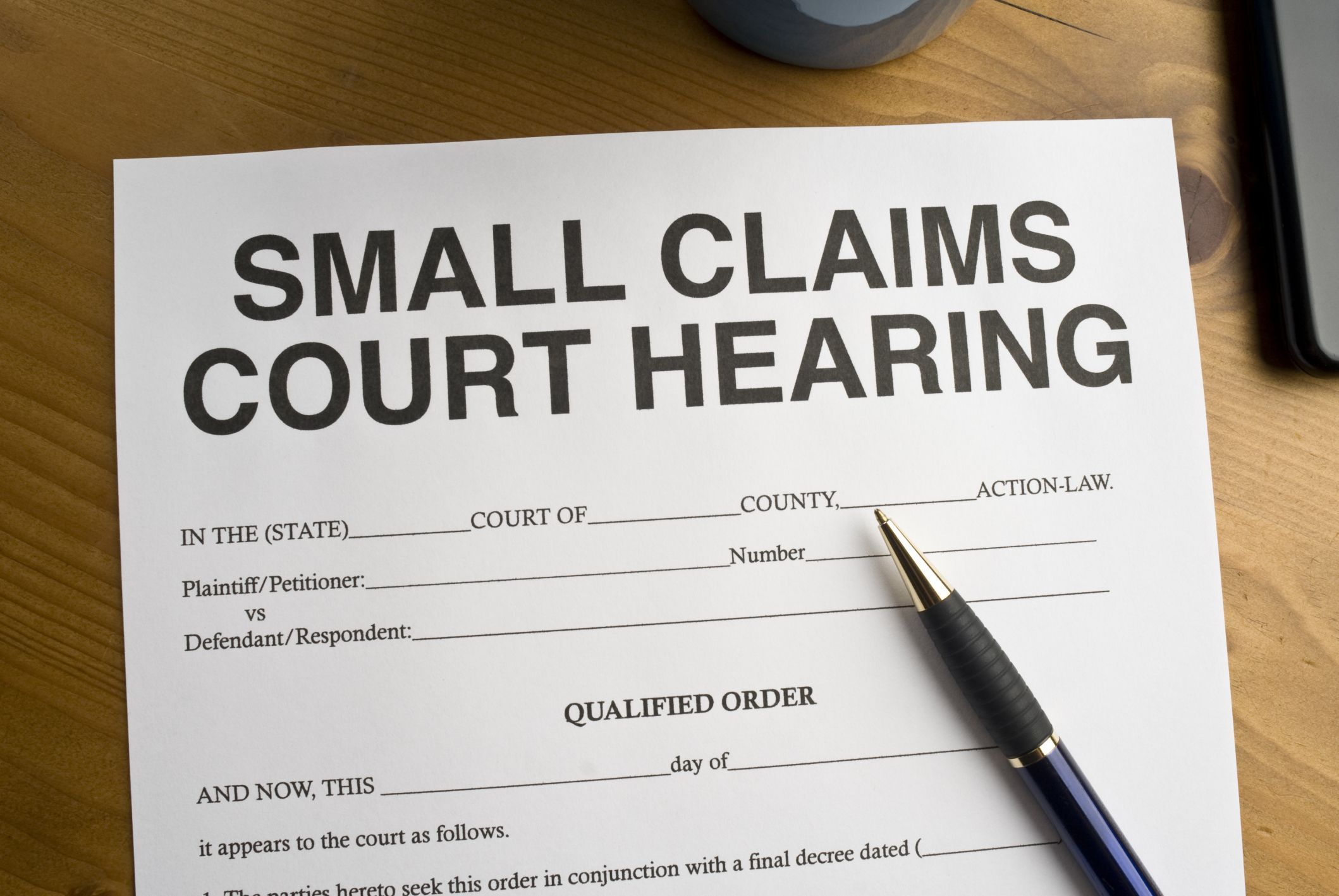

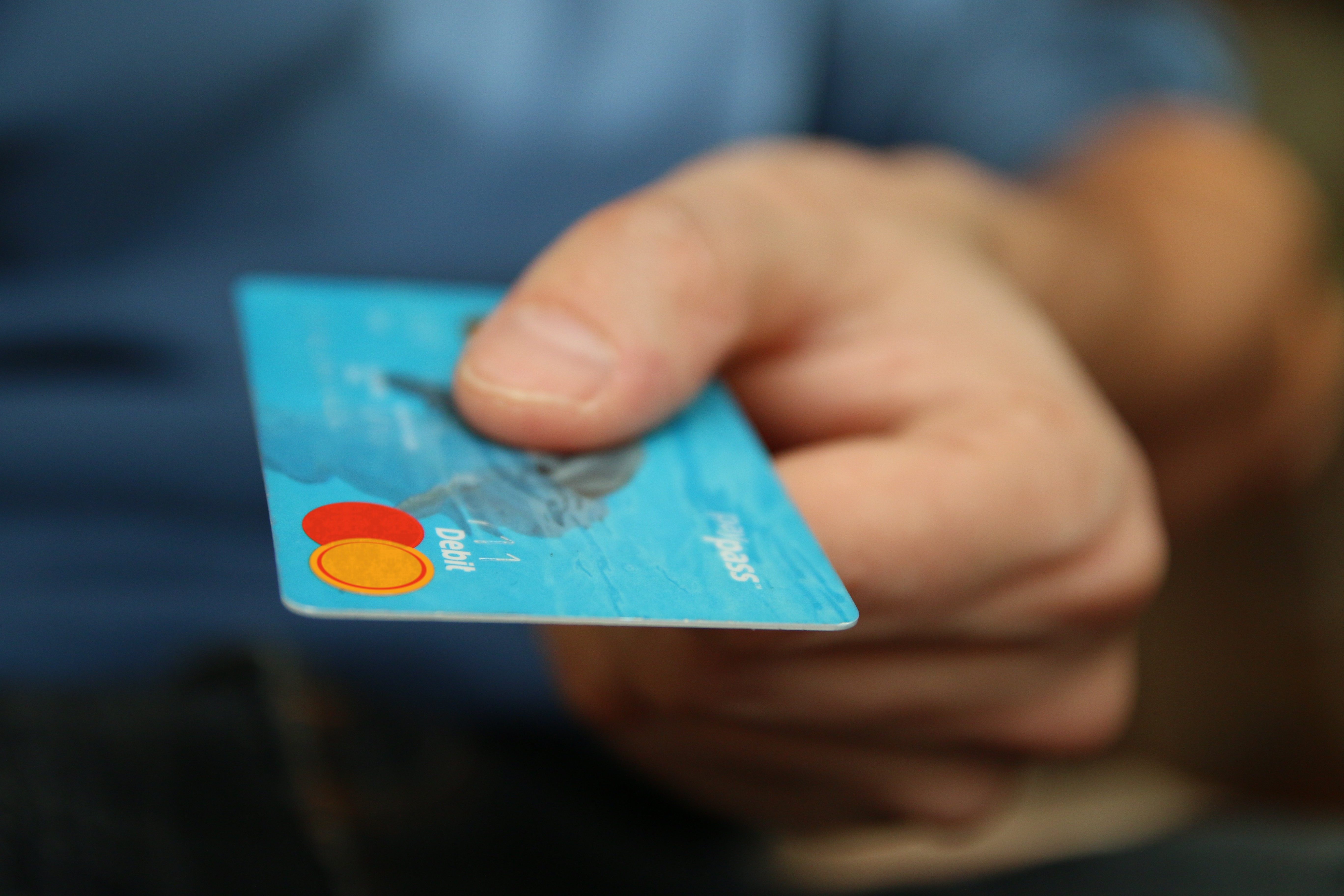
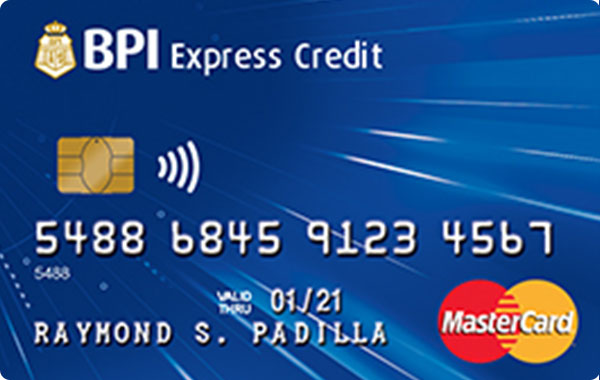

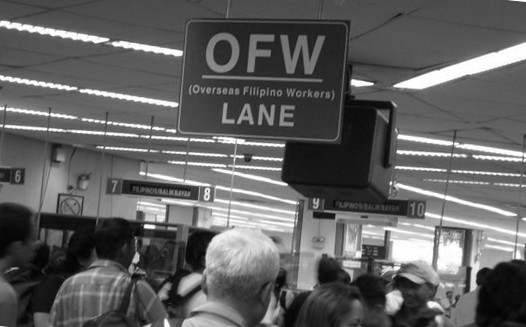

Pwede bang panghawakang proof ang palitan ng messages via messenger and sms?
Is this applicable to victims of online sellers/merchants who fraud buyers?
Is it worth it to file a case against a person if she owes me 6,000 pesos? Will I be able to recover the filing fee from the defendant?
Thank you so much for your time.
How long usually does it take to file a small claim?
Can the small claim be done without a hiring a LAWYER?
Disregard the first “a.”
Can the small claim be done without hiring a lawyer?
Can the small claim be done without hiring a lawyer?
That’s the point youu need not have a lawyer. In fact they are not allowed to represent you in small claims court.
7 yrs n ang utang s kin n P100,000. Wala po kming kasulatan kc bayaw ng kumpare q KY tiwala lng. No pressure s pagsilbihan. Last year sabi nung umutang n unti unti nyang babayaran pero wala. Eversince hindi sya tumatawag o tex man lng. Magkano po ang filing, docket fee? Thanks po
sad to say po, if walang kasulatan, as in verbal na kasunduan… 6 years lng pwedeng habulin and umutang. pag may kasulatan, 10 years. pero pwedeng humaba pa ang taon kung mapapadalhan mo sya ng demand letter na nagsasabing sinisingil nyo na sya sa pagkakautang nya.
Hello po, gaano po ka kalaki Ang possibility na makasuhan/managot sila upon filing this case?
Pwede po bang panghawakan ang palitan ng mga messages thru messenger? Kung saan dun nakasaad ang lahat ng pagkakautang nya. Inamin nya at inako na magbabayad ngunit di naman tinupad.
kasali po ba sa pag file ng small claims ang di nakapagbayad sa app online na payday loan?
I have so much on my list. I will pursue this and throw lessons to these people. Do we need to provide complete details of the debtor?
pwede ko po bang singilin ung inutang noong nasa ibang bansa pa. na ipinangako babayaran pag uwi ng pinas.
Hello po paano magkaiba lugar san po ako dapat magfile ng case
Nais kong mag file ng small claim dahil huminto na ng pagbabayad sa bgy.batay sa kasunduan.ang halaga ay 7k.
Mag kano po ang filing fee at saan ito IPA file from GMA cavite po ako
I am homeowner and does not have existing contract with my tenant. But tenant just left the property with just a text message as a notice that they have left and leaving with unpaid rent of 27,000. Can I file small claims with this scenario?
Me and my wife live separately since march 14, 2018. Since i caught her talking with amother guy whom she acknowledge that she committed a mistake in talking and chatting with the guy last october 2017, We agreed to have a try to patch things per request of our son but i sensed that she was still communicating with him and so i was right so i told her to have a vacation to iron out whatever her affair maybe. She asked me that she will bring our small business of Dried Fish and bring the strada pick up to be used in the business with a promise that she will give me my cut of the income of the business and i could borrow the strada pick up if i need it. But after a month i ask if i can borrow the pick up but she said no. she only gave me a little amount of the business income twice and no more until today. last nov 2, 2018 i caught her with the guy very sweet in the cemetery. they used the pick up with the guy driving. i caught them in the act and have it blottered at the police station. no i have read the family code of the philippines and the civil code of the philipines that in the absense of settlement the husband is the administrator. i have been to the barangay for settlement but she did not come. i tried communicating with here still for settlement but she will not talk about it seriously. i want to have a full custody of the conjugal properties as administrator what will i do? will i file a case?
Poidi kuba masingil utang ng best friend ko na 22k verbal LNG kc ala akong ebedncya
Pwede po bang magfile na agad sa munisipyo ng hindi dumadaan sa barangay?
Nag gaurantor po ako na makautang UN kakilala ko Sa friend ko. Umutang siya ng halagang 40k pesos na najalagay s kasunduan ay pumapayag siyang may interest ang hiniram Nita. 1year na po ng kanyang utang na umaabot na Sa halagang 112,000 pesos. Meron po naming kasulatan nong binigay ko UN pera sknya at Sa mismong harap ng aming Purok. Bales 2kasulatan na ng pinanghahawakan ko na UN Isa ay nilagdaan ng kanyang Mr. UN ping nakautang ay NASA turkey. Pano at ano po ba ang nararapat Kung gawin. D na ako makatulog Sa sobrang pag iisip kasi pag d Nita biniyaran ako ang mag babayad po. At anon kaparusahan po ba ang matatanggap Kung sakaling d mkapag bayad. Salamat po
Pwede po ba mag file kahit 5/6 ang inutang sakin? Worth 27,500 po.. Iba iba ng tao na kumuha.. Pero xa ang garantor.. Ang usapan nmin..pag ndi nag bayad ung mg pinahiram nya.. Xa ang sisingilin ko.. Pero ndi po xa nag babayad ng maayos at plage pa late.. At cnv din skn na hepe daw ang tito ng asawa nya at may connection daw xa.. Pwede ba ko mag file laban skanya?need ko po ng advice
Asked ko lang po kasi may kaibigan po ako may utang n 212000 thousand po wala po akong pinanghahawakan tiwala lng po di na po nakakabayad ano po pwd kong gawin
Good day po!!!Good to hear about small claim po…isa po akong OFW Sa oman. Dati po nasa pilipinas ako nagwowork po ako sa call center at maybkatrabaho po akong umutang sa akin ng 100k ng nasa pinas po ako maayos sya nagbabayad at may kasulatan po kami sa nasabing utang nya..sa ngayon po nde na sya nagpaparamdam naka block na rin ako sa celphone nya pati mga kapatid ko.nde rin po sya nagrereply sa messages ko sa FB. Napakamahal po ng pamasahe pauwi ng pilipinas pero pinag ipunan ko po para mahabol ko yung utang.With this humihingi po sa sana ako ng advise sa pinakamabilis n paraan para maayos kase po one month lng or less ang bakasyon ko
Pwede po ba kami mag file ng small claim regarding sa kapit bahay na sumali sa paluwagan na may 4 na number. After po nya mag sahod sa lahat ng mga slots nya hindi na po sya naghulog . Sya pa po ang matapang magsabi na wala daw sya kailangan bayaran samin .. inabonohan po namin ang amount na 150k dahil kami po ang handler ng paluwagan . Salamat po sa sagot..
Can i complain a filipino now working abroad as OFW who has not paid a flight ticket. Its been eight months now. I have txted her many times. My proof is a flight ticket and txt messages thru whatsapp. Her balance is Php21,466.00 Thanks
Paano po yong maybutang sa akin na almost 3 years na Hindi nagpapakita at inabot na sa 150 k,,, pati tubig ng bale ako Lang guarantor,,, nag file nko crimson case but untill now no reply,,, pwede po ba mag file ako sa small claim
We are senior citizens, based in Metro Manila.We filed the small claim case against the tenant of our house in the province this year.We were informed that the case might be dismissed because the summon delivery was unsuccessful because the tenant and his family’s whereabouts were not known. If this happens, what would be our next step to repossess our property? The tenant,his family, left the house for quite sometime now.They made hakot their belongings using a truck,according to their neighbor.What was left were some small chairs and a dog.And once in a while showed up to feed the dog..We also learned that they have unpaid water & electricity bills for the last two months.Their rental fees were always late in their first year of stay. In their second year,without the lease contract,they requested for an extension until April 15 this year and we gave in without security deposits. In our desire to quickly rent out our new built house, we did not screened well the tenant’s background.Early on when we complained in the barangay hq,no family member appeared in the meeting. For almost one month now, no one in the tenant family has not been seen in the house.Are the following papers important before we can get back our property: judgement of possession, notice of belief of abandonment, court order to
turn over the dog to the city pound or barangay authority,etc. Please give us some legal advice. Thanks.
hi i invest a money to Estrella Baena she leave in bajumpandan dumaguete city and work in dumaguete city hall, before she sent reports about the business, years and years gone she dont reply my email and calls, i cant contact her anymore, please if you know her and know her mobile number, please message.
thanks
Taga taytay Rizal po ako. San po pwede mag file ng small complaint case sa Rizal? Is it worth to file a case kung ang utang is 11,000 pesos? Tnx
pwede po ba manghingi ng tulong. kasi nagastos ko po ang pera ng kaibigan ko n halagang 16k dahil s emergency. hindi ko namn po tatakasan dahil nag memesage namn po ako s kanya n ibabalik after 2weeks ang pera. kaso po pilit n nya kinukuha e wal pa po ako pambayad. ipapakulong nya daw po ako. ano po ang dapat kung gawin? patulong naman po.
pwede po ba sa small claim case ang pagbawi ng binayad sa lote na hindi na tinapos ang pagbayad at nais na lang kunin ang nabayad dahil may panloloko sa discription verbally sa location ng lot 80% na po ang nabayad ngunit hindi ko na po tinuloy dahil mali po ang sinabi ng seller kesa actual na location ng lote.
Can you please advise what is meant by 2 x ‘certified copies’ of evidence for small claims. Certified by who? Thank you.
Good day po! More than 5 persons po ang nakahiram sa akin ng pera at hindi po sila sumasagot sa mga text, call and messages sa messenger. Sinabihan ko po sila na hanggang December 30, 2021 bayaran po nila nahiram nila, ngunit ni isa sa kanila wala po nag reply. Saan po municipal trial court po ako pwede mag file ng small claims.galing na po ko ng manila city hall sabi po sa Kalaw. Di ko naman po alam kung saan doon.sana po matugunan po ninyo ang aking concern.marami salamat po!
Kasama po ba dito sa small claims yung sa Credit card na di nabayaran?